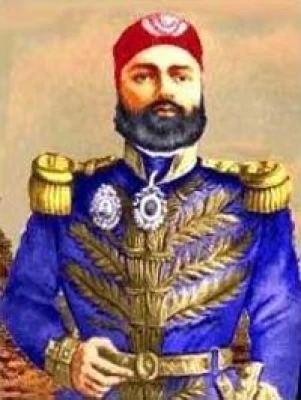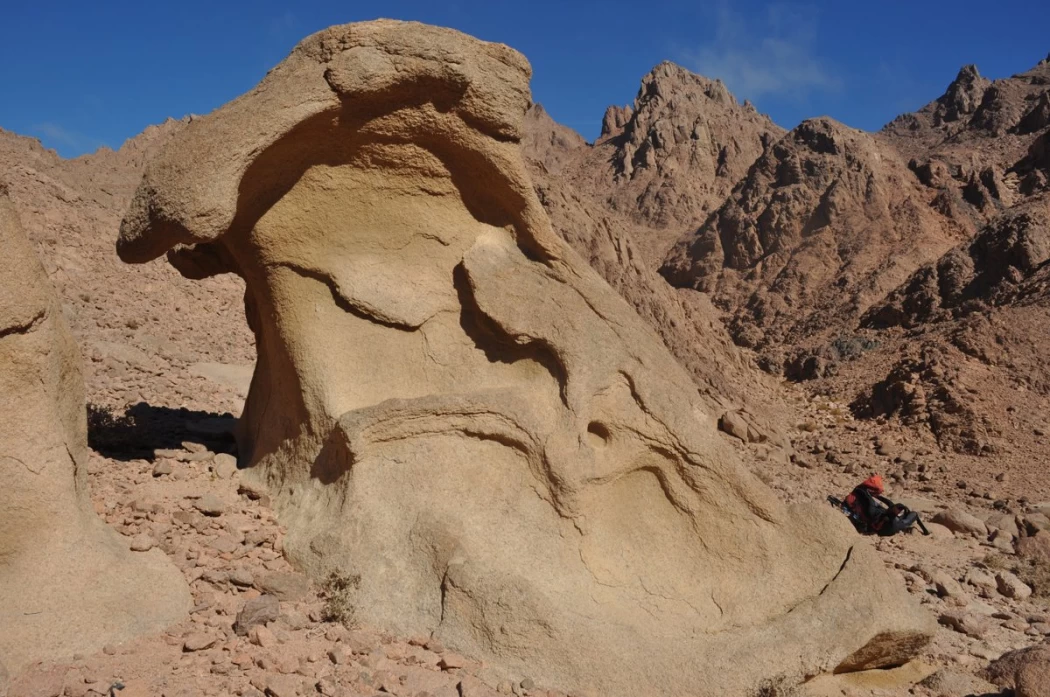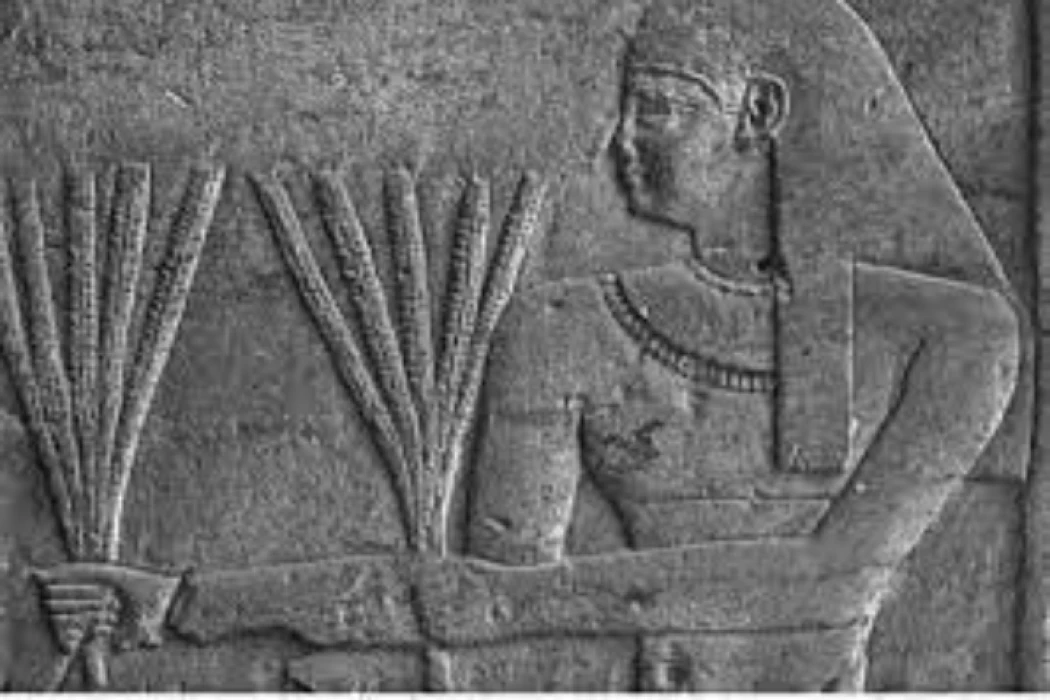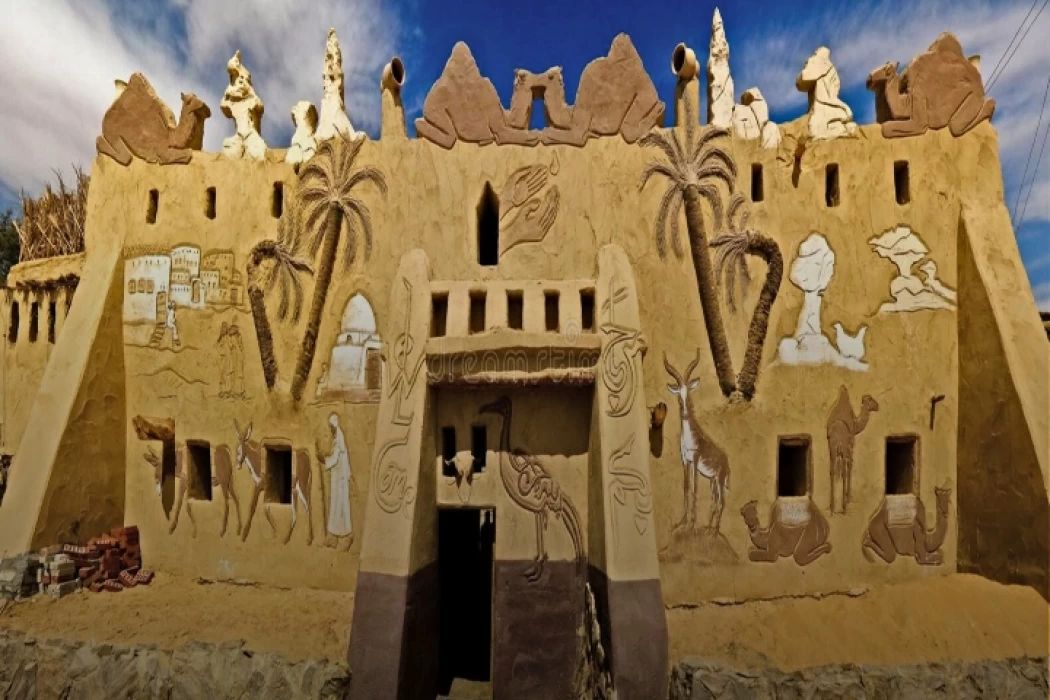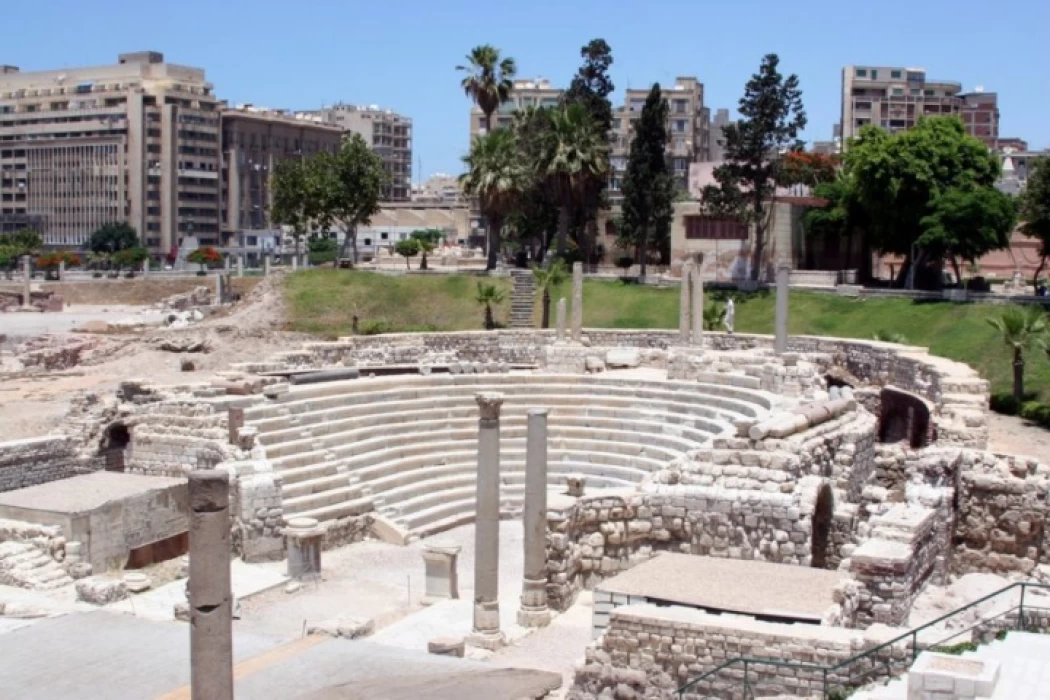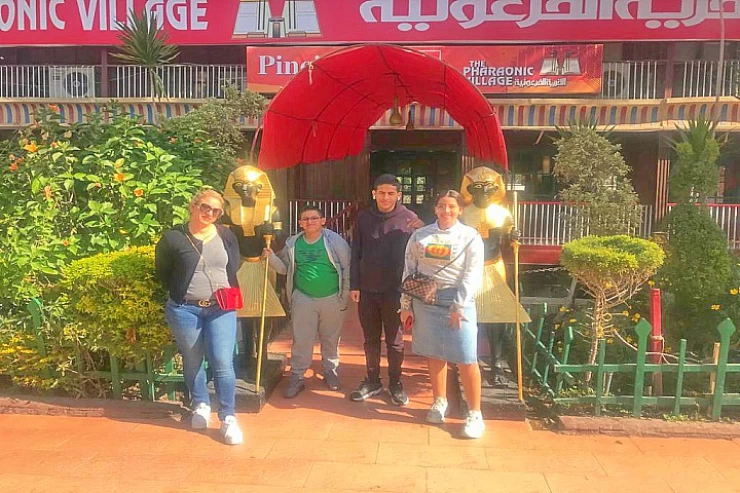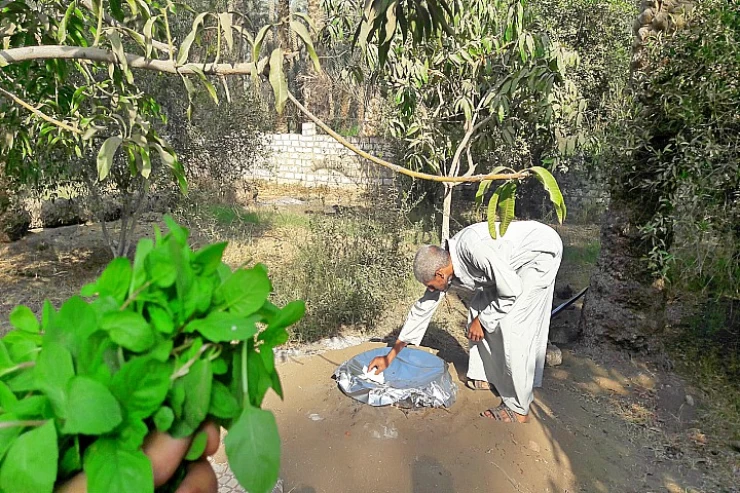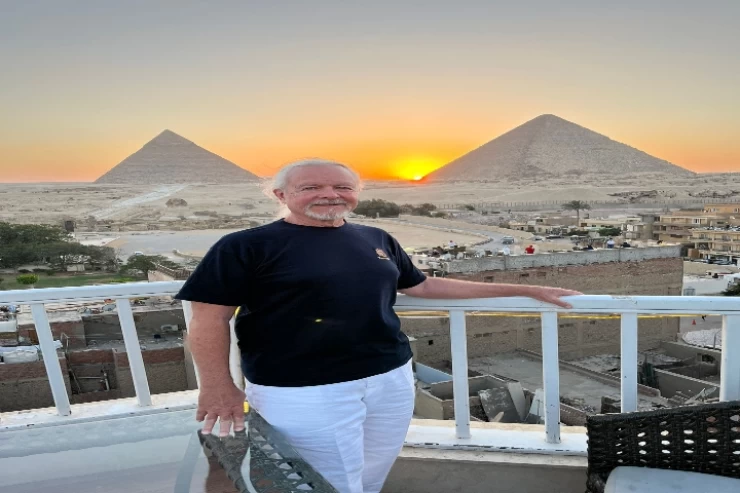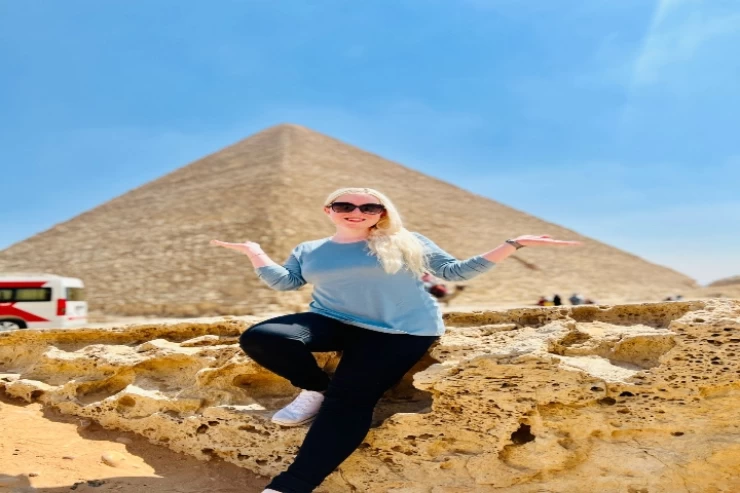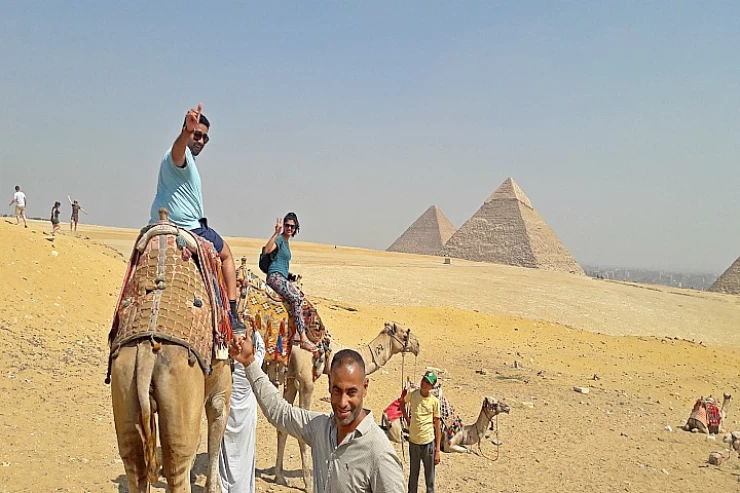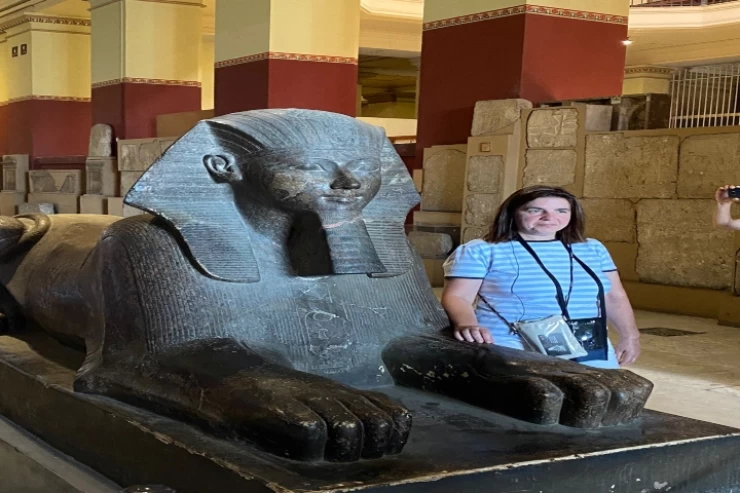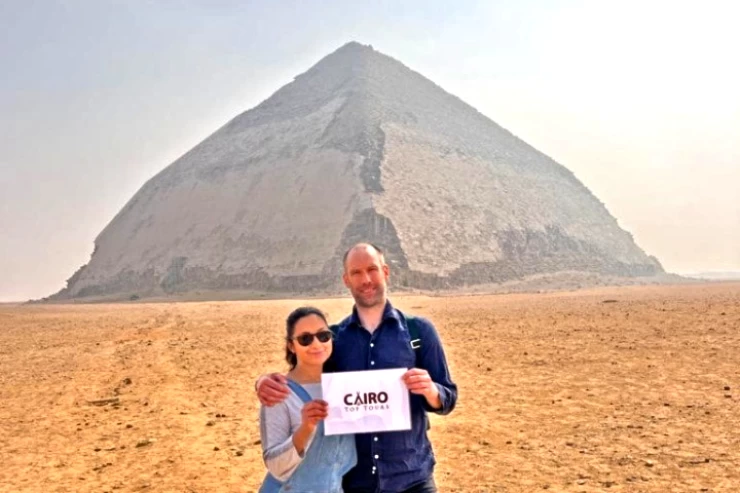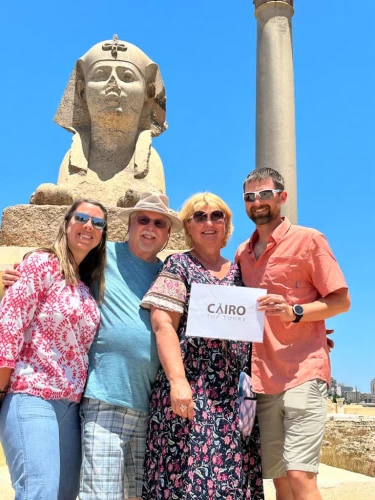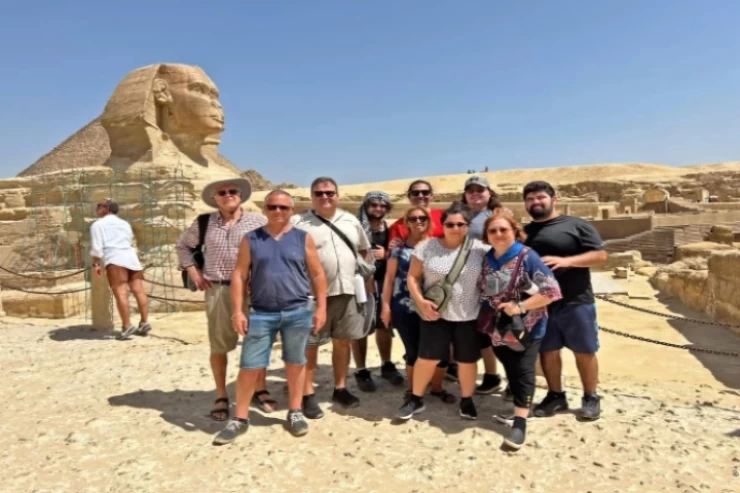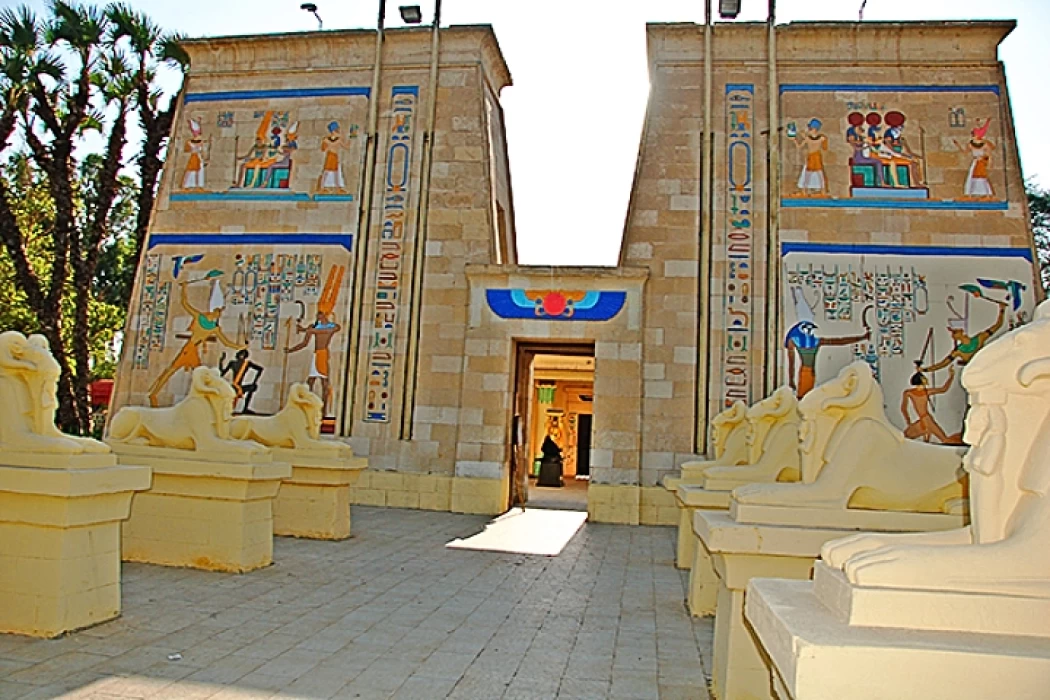
Pharaonic Village
The idea of the Pharaonic village began with a dream where Dr. Hassan Rajab thought about making a living museum that includes real people dressed as pharaohs and embodying ancient Egyptian life. Therefore, in 1974, Dr. Hassan Rajab began to transform Yacoub Island into a very identical model of the life of the ancient Egyptians. the first step was to plant almost five thousand trees around the village to obscure the manifestations of modern Cairo. the first of those trees were Willow, Sycamore, and date palms. he traveled everywhere to get his desire from unique plants and animals. in the following six years, Dr. Rajab began to grow plants in the Egyptian soil, which served as a homeland for thousands of years. Dr. Hassan was interested in the most important details about the life of the ancient Egyptians and was looking for answers to unanswered questions.
The wheel of work began to spin in the village, the noble's House and garden, a market, a large field for planting and harvesting, a place to workboats, roads, and farms and in the center a huge temple of white stone was created, which then turned into the emblem of the Pharaonic village and in 1984 Dr. Hassan Rajab officially opened the Pharaonic village after a work that lasted for 10 years at a cost of more than 6 million dollars
In 1989, Dr. Abdus Salam joined his father and participated in the management of the village, Dr. Abdus Salam Rajab confirmed that the village was not completed, but it is at the stage of development, as some years have passed since the opening of the village, to come the opening of a model of Tutankhamun cemetery, which became the only refuge to see the cemetery for those unable to visit the city of Luxor
In addition, Dr. Abdus Salam has opened many museums (12 museums) that displayed many stages of Egypt's modern history, so the village began to grow and transform into a place with a bright history
* The idea of the Pharaonic village is based on bringing the ancient Egyptian times closer to the visitor, where the visitor passes at the beginning of his visit actors dressed in Pharaonic costumes and imitating the Ancients in Papyrus making, hunting, painting, sculpture, agriculture, taxidermy and more.
A journey into the past
The trip begins with entering the village and buying tickets at the ticket office at the gate, then the reception buoy, and it contains a small cafeteria for receiving visitors and an exhibition of some archaeological and Pharaonic products, on the top floor of the reception buoy there is the Cleopatra museum, where the tour guide explains to you about the reign of Cleopatra and Julius Caesar, and the conflict that took place in that era, after viewing the Cleopatra Museum, your journey begins inside the village since you among the ancient Egyptians, a scene about the Prophet Moses and information about the papyrus plant and methods of its manufacture and transformation into paper، About the methods of mummification, papermaking, pottery, glass, weapons, information about the methods of Agriculture, Irrigation and hunting of the Pharaohs, methods of drawing and writing hieroglyphs, all this information you hear and see Representative scenes simulating the past, to approximate the picture and simulate the life of the ancient Egyptians and all the details of their life.
Museums in the Pharaonic village
There are the Ptolemaic Museum, The Heritage Museum, the Tomb of Tutankhamun, The Museum of beliefs, the Museum of Boats, the Islamic Museum, the Museum of President Mohamed Naguib, the First President of Egypt, the Gamal Abdel Nasser and Sadat museums, the pyramids Museum, the Coptic Museum, the mummification Museum, the Museum of modern Egypt, the Napoleon Museum and the Cleopatra museum, each of them deals with a historical era and is supported by photographs and miniature clothes and tools used during that era of the history of Egypt.
President Gamal Abdel Nasser Museum
Gamal Abdel Nasser Antiques is a museum that deals with the life of the late Egyptian President Gamal Abdel Nasser from his birth until he died in the early seventies. The museum is located in the Pharaonic village on the banks of the Nile.
The museum contains more than 170 rare photographs of President Gamal Abdel Nasser at various stages of his life. the museum also includes a large number of his personal belongings, two busts, some coins and stamps issued during that period, some photos of Gamal Abdel Nasser on the covers of foreign magazines, in addition to letters written by Gamal Abdel Nasser during 1941 and 1942, in addition to the text of the decision to nationalize the Suez Canal on July 26, 1956, his resignation speech on June 9, 1956, and the medical report of Nasser's death.
Museum of former President Mohammed Anwar Sadat
The museum contains a large collection of personal belongings, photos, and some personal belongings donated by Mrs. Jehan Sadat to the museum, such as his "navy suit", with which he attended the opening ceremony of the Suez Canal, his jacket, his famous stick, paste, toothbrush, and perfume. It also contains a collection of rare commemorative photos of Sadat on various occasions, including photos of his wives and sons, and during the moments of reflection on his life, such as a photo of him resting in the pyramid, a photo of him doing ablution and praying, and in the museum a wonderful kit explains how the war and the difficulties faced by the Egyptian armies, such as the barleaf line and the sand line, and photos of him with the most important world figures during the signing of the famous peace agreement at Camp David resort.
Museum of taxidermy
It contains some models of the mummification process and the most important deities associated with the idea of mummification, and the Museum of the Pyramids represents the idea of building the pyramid and the most important tools used in its construction and obelisks... Etc.
Tomb of Tutankhamun
The village built a model of the Tomb of the same size and design, as well as models of all the discovered artifacts placed in the same order as when the tomb was discovered. the cemetery is divided into four rooms. in the first room, there are three beds covered with gold, white pots with dried food for the king to use in the other world, and many of the King's belongings such as the throne chair. The second room, has some crockery, a box in which the King's weapons were found, and The cent game, which resembles a chess game, now the third room, the burial chamber, consists of four compartments, and this room The Mummy was discovered placed in a coffin weighing 110 kg of pure gold. the fourth room is called the treasure room, where some of the King's treasures and some of his belongings were found, as well as the god Anubis, the God of embalming, whose function was to protect the Tomb.
A first-class pharaonic tour
One of the most beautiful and enjoyable parts of the trip was the tour inside the House of the noble or rich man at the Pharaohs, and the tour inside the poor man's house, until the days of the Pharaohs, Egypt did not know social justice, the rich man's house consists of several rooms such as the library, kitchen, stable, servants ' room, pantry, cosmetic room, bedrooms, bathroom and a large space in front of the house, but the poor man's House is one room and his poor wife sits to grind wheat and prepare flour for long hours, while the rich man's wife spends all her time listening to the harp and putting makeup!
Some fun for kids
There is an art center inside the village, and some artistic activities are held there, such as art workshops for glass, pottery, and papyrus making. There is also a place dedicated to games, such as mini-amusements, where children can play if they get bored of watching various museums. there is also a specialized center for photography.
Village products
Part of the tour inside the Pharaonic village includes a visit to the market and Bazaar, which offers many different pharaonic goods and products, which visitors eagerly accept, as well as the Village studio where they can photograph you in pharaonic clothes and pharaonic atmosphere, photography is not allowed inside the bazaar or studio, there is also a dedicated part in the Pharaonic market for the sale of glass products, perfumes, copper and leather products, sand painting, henna drawings and some heritage and Pharaonic artifacts.
Latest Articles
Admin
Regin of Abbas I of Egypt | Abbas Pasha I
Abbas has been often described as a mere voluptuary, but Nubar Pasha spoke of him as a true gentleman of the "old school". He was seen as reactionary, morose and taciturn, and spent nearly all his time in his palace. He undid, as far as lay in his power, the works of his grandfather, both good and bad.
Admin
Story of Gabal Shayeb Al Banat - Red Sea Mountain
Jabal shayb al-banat is one of the Red Sea Mountains in the eastern desert in Egypt, located to the west of the city of Hurghada at a latitude of 27 degrees north and a longitude of 33.5 degrees east of the Greenwich line approximately, this mountain is the highest mountain peak in the eastern desert with a height of up to 2185 meters, it is a prominent mass of igneous rocks
Admin
Neper God Of Grain
Neper was the deity of grains, particularly cereals that were important in Ancient Egypt, such as wheat and barley. It was stated that he foretold when the crops would grow, be harvested, and disappear.
Admin
Badr Museum in Farafra
The Badr Museum is located in a mud building, which is the common home found in this medieval part of Egypt. All of the artwork that was created by the artist is quite unique. His work almost always depicts life in the Farafra Oasis and he provides the work through both painting and sculpting.
Admin
Djoser
Djoser was an ancient Egyptian pharaoh of the 3rd Dynasty during the Old Kingdom and was the founder of that epoch. He is also known by his Hellenized names Tosorthros (from Manetho) and Sesorthos (from Eusebius). He was the son of King Khasekhemwy and Queen Nimaathap, but whether he was also the direct successor to their throne is unclear. Most Ramesside king lists identify a king named Nebka as preceding him, but there are difficulties in connecting that name with contemporary Horus names, so some Egyptologists question the received throne sequence. Djoser is known for his step pyramid, which is the earliest colossal stone building in ancient Egypt
Admin
Kom Al Dikka Alexandria
Kom El Deka, also known as Kom el-Dikka, is a neighborhood and archaeological site in Alexandria, Egypt. Early Kom El-Dikka was a well-off residential area, and later it was a major civic center in Alexandria, with a bath complex (thermae), auditoria (lecture halls), and a theatre.
